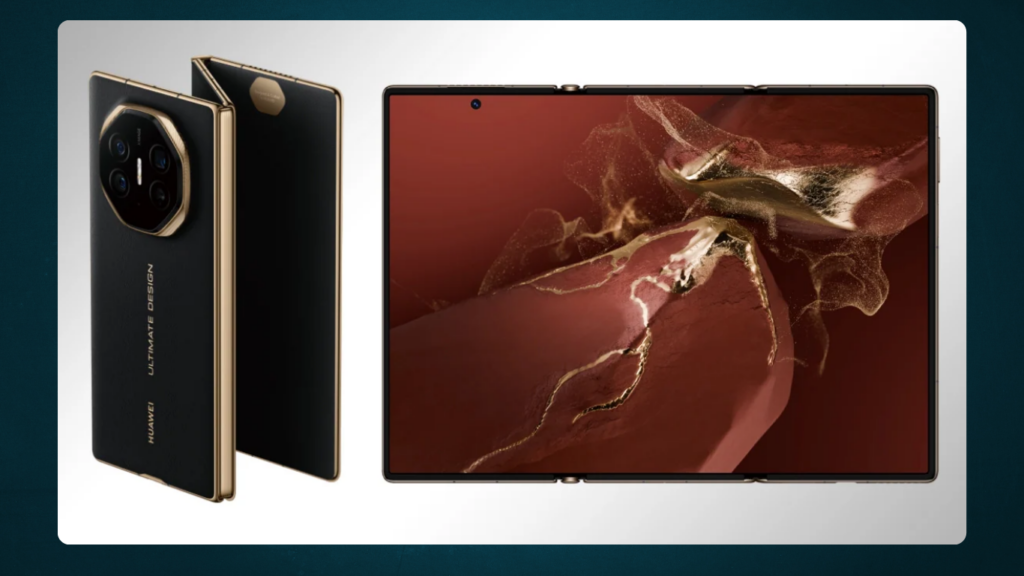Huawei’s much-anticipated Mate XT tri-fold smartphone, priced at $2,800, launches today alongside Apple’s latest iPhone 16 Pro Max in China. The Mate XT, which costs more than twice the price of the iPhone, is drawing attention for its cutting-edge design, but experts are raising concerns about potential supply chain constraints that could leave eager buyers waiting.

Despite the high price tag, pre-orders for the Mate XT have surged past 6.5 million, nearly doubling the total number of foldable smartphones shipped worldwide in the second quarter of this year, according to IDC. However, it’s worth noting that these pre-orders don’t require upfront deposits, which could mean actual sales may differ.
The Mate XT is Huawei’s bold move to showcase its ability to innovate, especially in light of the ongoing U.S. sanctions that have severely limited the company’s access to key foreign technologies. Richard Yu, Huawei’s executive director, described the device—which folds in three ways like an accordion—as a moment where the company has turned “science fiction into reality.”
But the fanfare surrounding the Mate XT may not be enough to overcome production challenges. Analysts point out that key components such as the display panel, cover glass, and hinges are facing production yield issues. Lori Chang, a senior analyst at Isaiah Research, estimates that Huawei may initially be able to produce only 500,000 units, which would leave many early buyers without their devices for some time.
“It’s unlikely that Huawei will meet all pre-orders right away, but the scarcity could work in its favor, creating a sense of exclusivity around the Mate XT,” said Will Wong, a senior researcher at IDC.
Huawei’s Mate XT represents a significant leap in its foldable phone lineup, though it may not reach the same sales figures as its predecessor, the Mate X5. The Mate X5, which is still priced at 11,500 yuan ($1,630), has sold over 2.2 million units since its launch, according to Canalys analyst Amber Liu. “The Mate XT is positioned in a different price bracket with higher specifications, but it may struggle to replicate the X5’s sales volume,” Liu added.

The Mate XT is powered by Huawei’s in-house Kirin 9010 5G processor, the same chip used in the company’s Pura 70 series smartphones. This locally-made chipset symbolizes Huawei’s determination to reduce its reliance on foreign suppliers amid ongoing trade restrictions with the U.S.
Meanwhile, Apple’s iPhone 16 Pro Max, despite being priced more affordably, has faced mixed reactions in China, with some consumers criticizing the device for lacking significant AI features tailored to the local market. This leaves a gap that Huawei seems eager to fill.
As Huawei navigates these challenges, its ability to balance innovation with production capacity will be key to the success of the Mate XT. While the smartphone’s launch has generated immense excitement, meeting the expectations of its millions of pre-orders will be a daunting task. Whether this scarcity will drive demand or frustrate buyers remains to be seen, but one thing is clear—Huawei is not backing down from its position as a key player in the global smartphone market.
($1 = 7.0625 Chinese yuan renminbi)

Subtly charming pop culture geek. Amateur analyst. Freelance tv buff. Coffee lover
